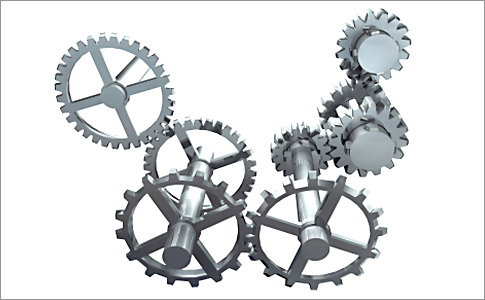


The intrinsic value of HMIS Solution is not weighed just on its process automation and data support, but its integration capability with other disparate systems. Leading healthcare providers like Rajiv Gandhi Cancer Institute and Research Center, SUT Group of Hospitals benefitted immensely by implementing HMIS because their third party software/ hardware/applications which man their individual departments was integrated.
Thus providing seamless connectivity within different units and enabling them function as one hospital. PARAS HMIS in both cases above and many others provides integration capabilities without any disturbance in the protocol with a host of third party. It integrates with even the ones that support XML, web-service or HL-7, thus not only providing TCO advantages, but critical investment savings.
How does it work?
For a HIS solution to integrate with third party software they have to use certain industry standard protocols like SOAP, REST, Middleware messaging, Batch Integration using flat files or data staging and some domain specific protocols like HL7, CCR, CCOW. Having installed one of these protocols, the system uses what is called an ‘Integration Engine’ and an ‘Enterprise Service Bus’ to communicate to third party software. To put it simple terms, Integration Engine acts as a platform for the HIS Solution and the third party software to communicate by converting both their languages into a common language. After conversion, the Enterprise Service Bus communicates the meaning to each side and aides them to understand and work in sync with each other.
What about Security?
In certain cases, hospitals may have reservations against sharing a particular type of sensitive data with third party location due to security reasons. In that case, there are provisions under which PARAS HMIS encrypts data marked as ‘sensitive’ and protects it. Being HIPPA compliant specific data as mentioned in the HIPPA are hidden while communicating with third party applications.


